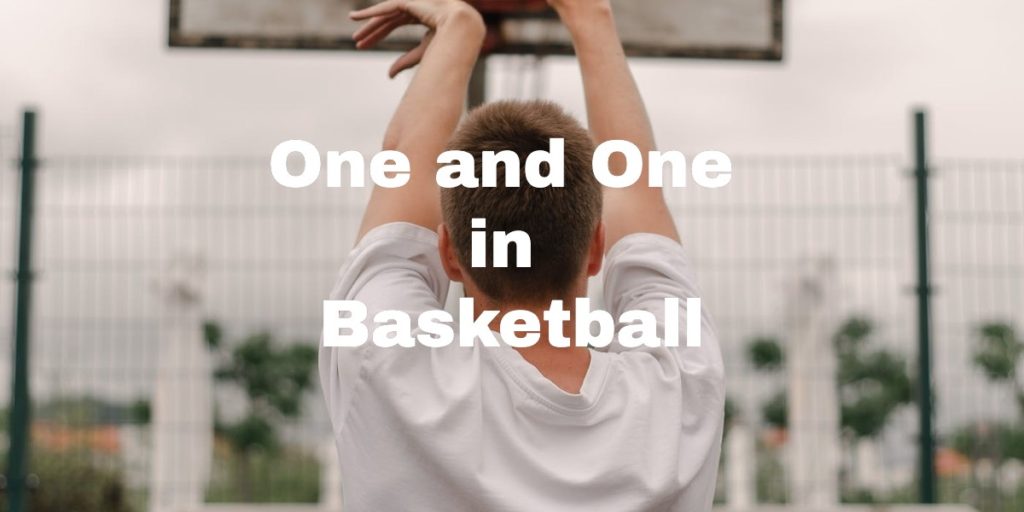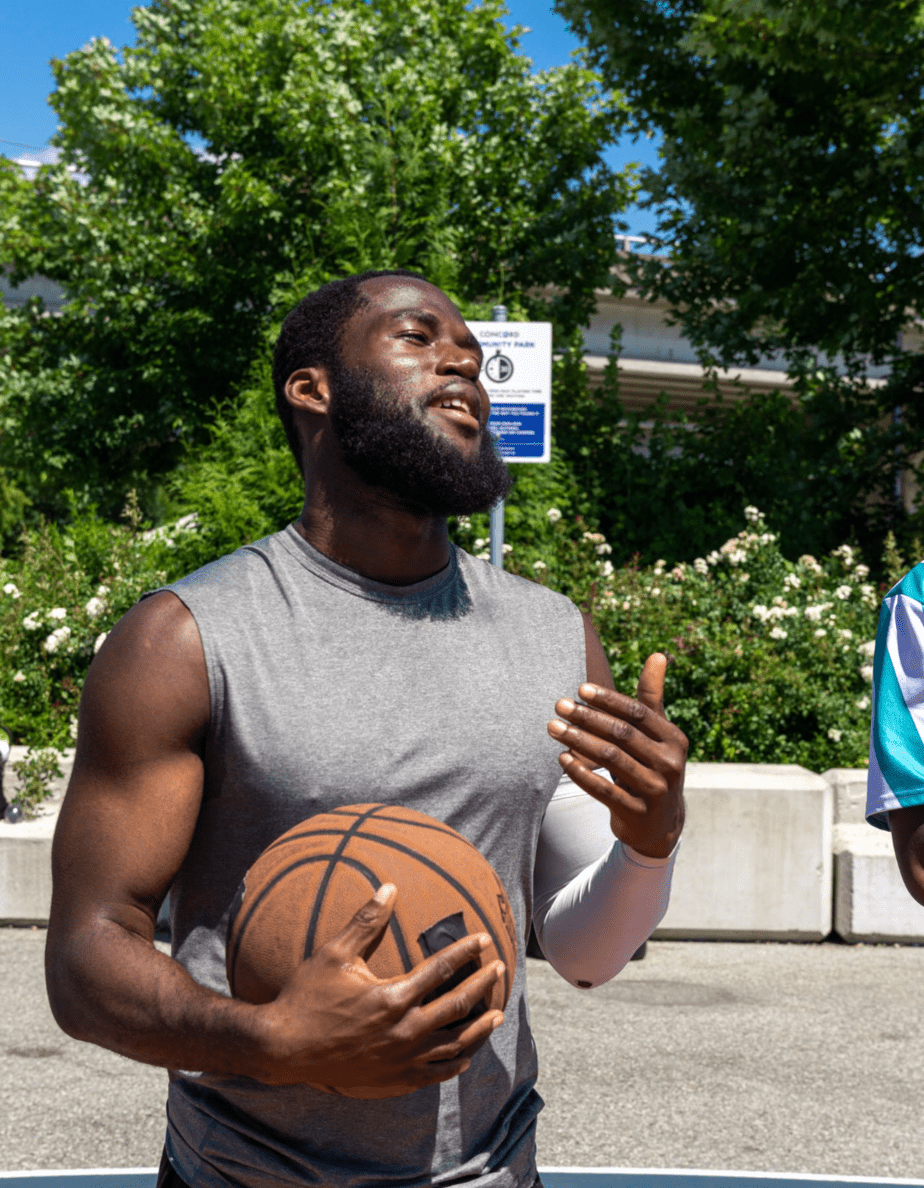One and One in Basketball: NBA, NCAA and High School Rules
A One and One in basketball can be a confusing, yet undeniably intriguing rule also known as the “one and one.” It refers to how many free throws you are awarded in basketball based on how many team fouls your basketball team has. If you don’t want all the background and history, I will just answer the base question first.
What is a One and One in Basketball?
A “One and One” in basketball is a rule applied when a team accumulates a specific number of fouls, typically seven, in a half. Under this rule, any non-shooting defensive foul by the offending team results in one free throw for the player fouled. If the first free throw is successful, they earn a second attempt. If they miss the first shot, the game resumes. This rule is used primarily in the United States and adds an additional layer of strategy and pressure to the game.
Strategy and Tactics Involving the One and One Rule
Here’s where it gets interesting. The “one and one” rule isn’t just about shooting free throws; it’s a mind game. Coaches can leverage this rule in several ways, like managing the clock and choosing who to foul. There is a sweet spot when the opposing team is in the one-and-one (Also called the bonus in basketball).
If you are behind in a game with time running you have an opportunity to foul the other team and, potentially, only give them one shot versus two. Of course, if the team makes the shot and gets a second and makes it, then the gamble to foul doesn’t work out so well. The additional benefit is the ability to stop the clock and force a shot, free throws in this case, by the opposing team.

You can also decide who takes the shots. Back in the heyday of the NBA’s Los Angeles Lakers opposing teams used to use a “Hack a Shaq” technique of fouling Shaquille O’Neal due to his low free throw-making percentage. Once a team got into the double bonus, which means you get two shots automatically after a foul the risk-reward ratio goes more out of favor.
The Psychological Aspects of the One and One Rule
Pressure. In a “one and one” situation, the shooter is under immense pressure. Even a normally good free throw shooter may not have the mental toughness required to make the free throws. Coaches and players need to devise ways to manage this stress. You’ve got one shot to earn another. No pressure, kid. Just remember, everyone’s watching.
Notable Games and Players Influenced by the One and One Rule
Here is a list of NBA players that were definitely put at the free throw line when it was “one and one” time.
| Player Name | Free Throw Shooting Percentage |
|---|---|
| Ben Wallace | 41.4% |
| DeAndre Jordan | 47.0% |
| Wilt Chamberlain | 51.1% |
| Andre Drummond | 46.1% |
| Shaquille O’Neal | 52.7% |
This video has just a few instances that underscore the rule’s impact on the game. In this case, bad free-throw shooters made the shots.
Recent Changes and Future of the One and One Rule
Lately, things have been a bit rocky with the “one and one” rule. For example, the one and one rule was just removed from U.S. high school basketball. Why? Well, apparently, the folks think it will reduce fouls during rebounding and improve game flow. As for its future elsewhere, only time will tell. For now, let’s just enjoy the complexity it adds to basketball while it lasts.
As of now the NBA still has a one and one rule:
Each team is limited to four team fouls per regulation period without additional penalties. Common fouls charged as team fouls, in excess of four, will be penalized by one free throw attempt plus a penalty free throw attempt.
official.nba.com
NCAA basketball also still has a rule:
After the seventh team foul in a half, opponents are awarded one free throw, unless it is an offensive foul. If they hit that free throw, they get one extra attempt (known as a 1-and-1 free throw). After the 10th team foul in a half, opponents are awarded two free throws, except for on offensive fouls.
NCAA.com
Conclusion
At the end of the day, understanding the one and one in basketball is still important for basketball coaches and players (at least as of now). It’s a unique part of the game that offers a blend of strategy, skill, and suspense. It’s more than just a rule; it’s a way to test a player’s mettle at the free-throw line when the pressure’s on.
Troy Wallace
Troy Wallace is Certified Basketball Speed Specialist and shares his experiences in trying to stay as healthy as possible to stay on the court. He is active in coaching youth basketball in YMCA, Team Work Sports Nebraska, and, currently, in the Jr. Warriors program in Omaha, NE. Visit Troy's Full Author Bio Page or email him directly.
Meaningful conversations happening daily about training, recovery, and injury-specific rehabilitation as well as sport-specific discussions on playing, coaching and refereeing your favorite sport. We welcome experts and those with curious minds seeking answers.
Join The Stay On The Court Community!